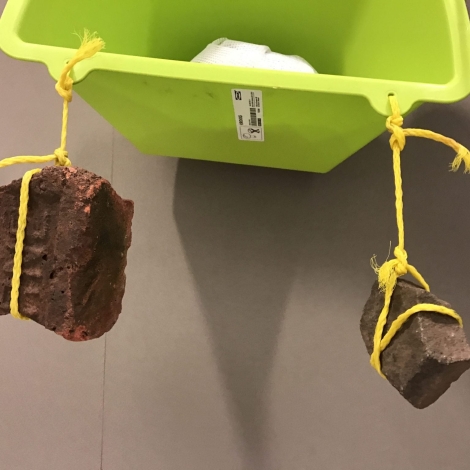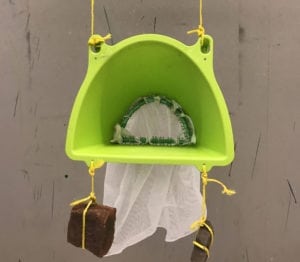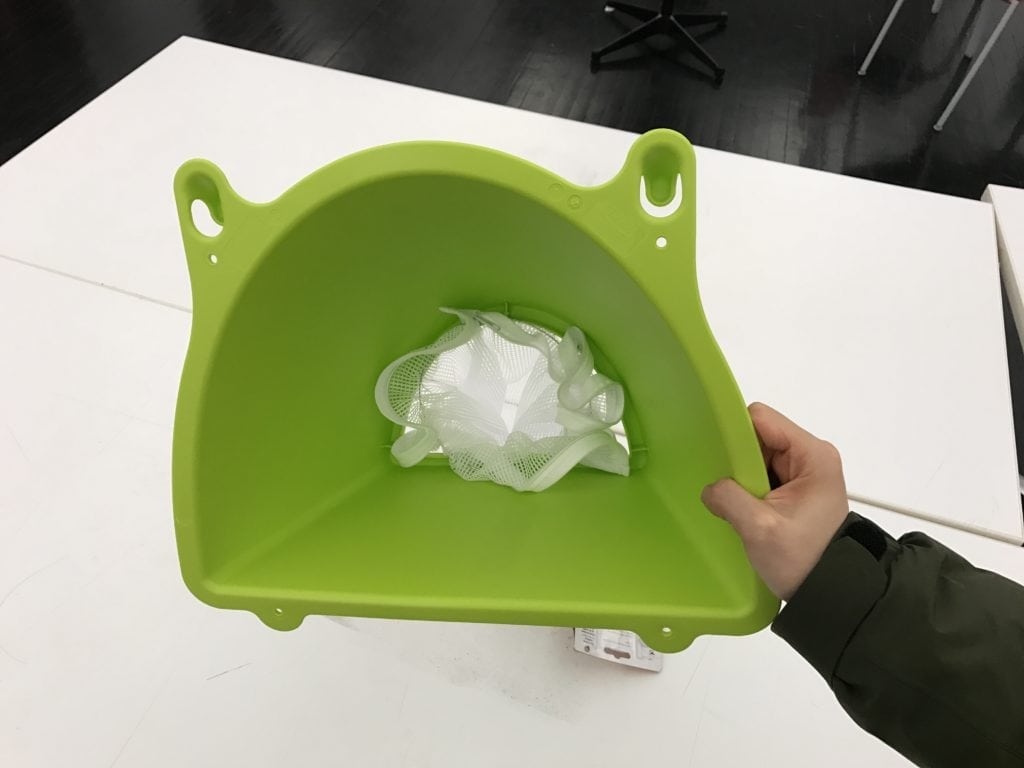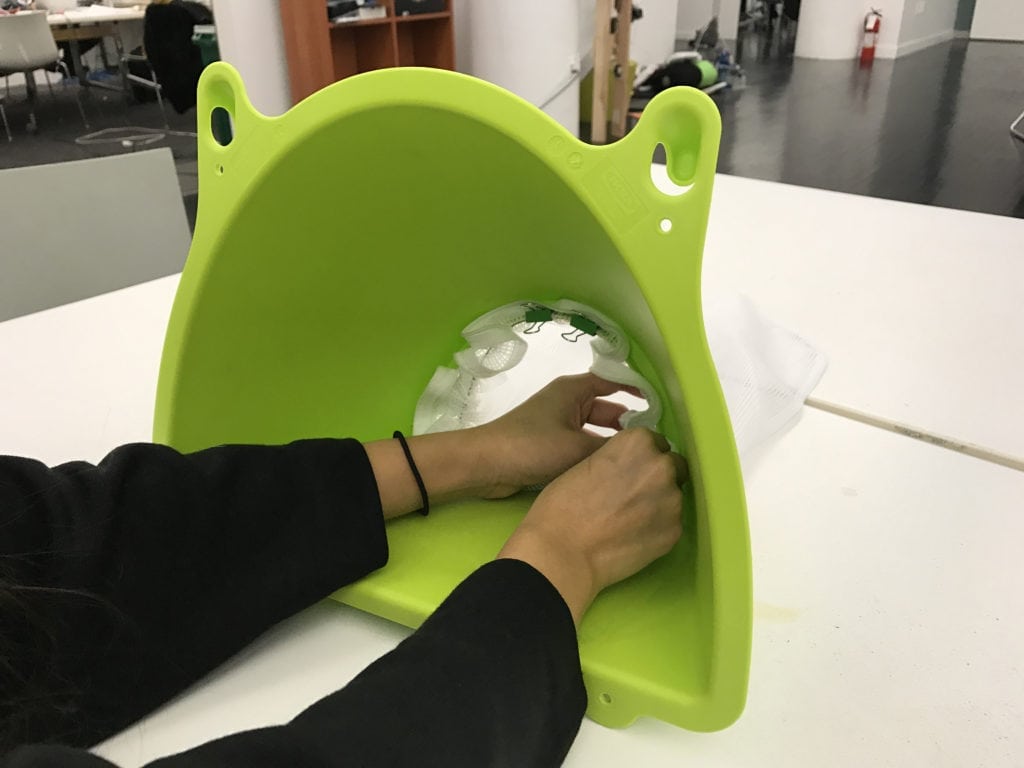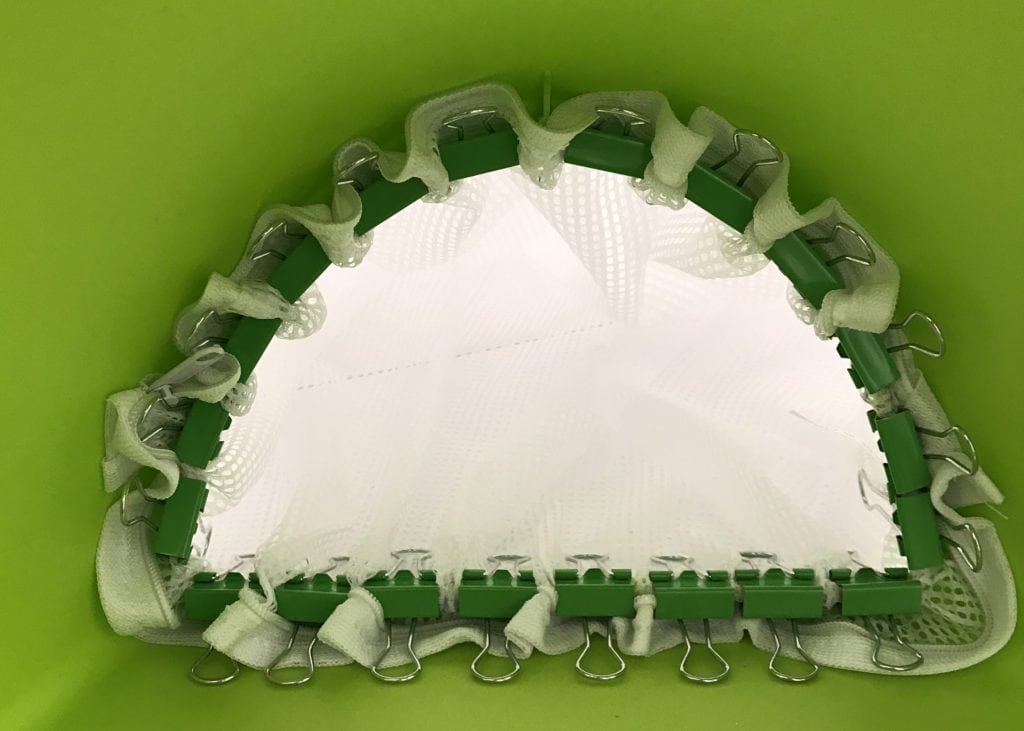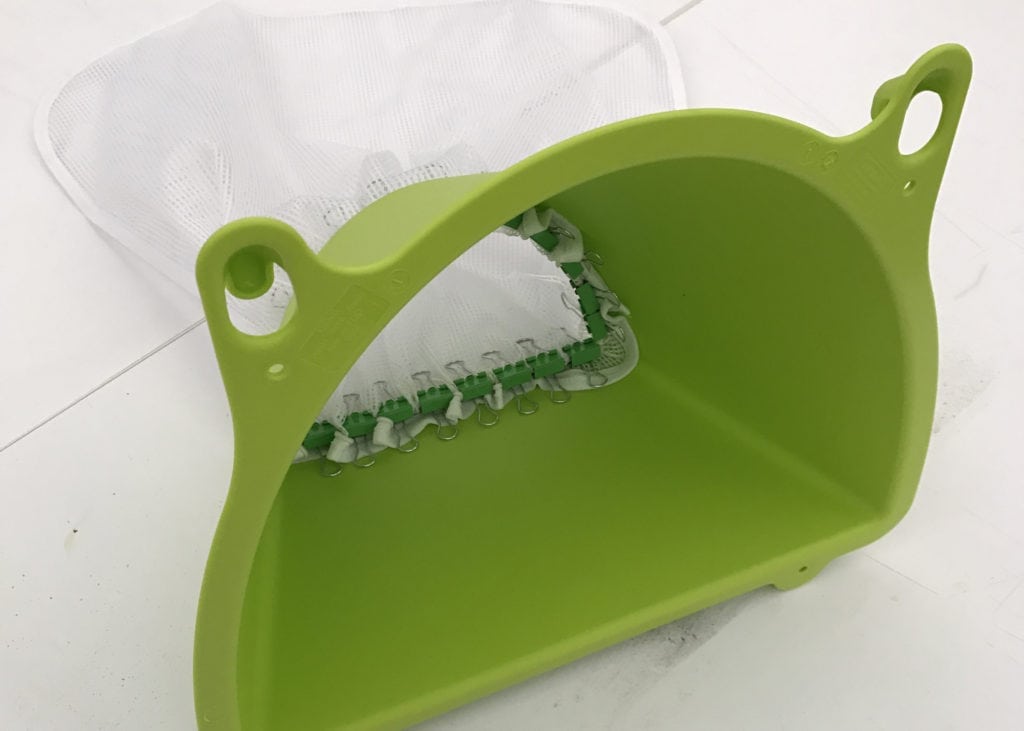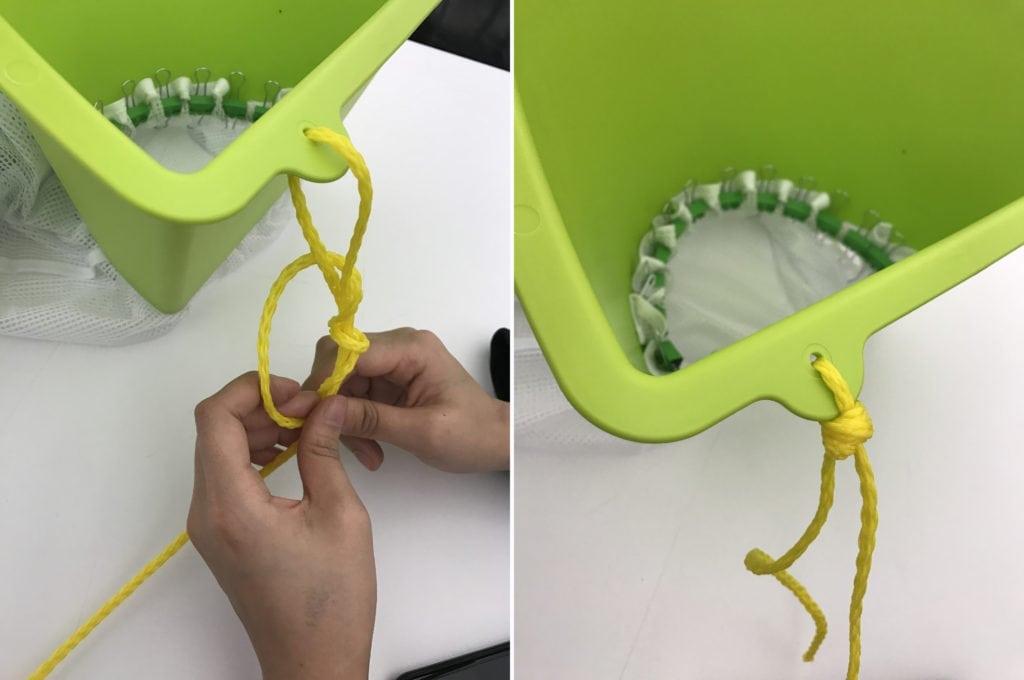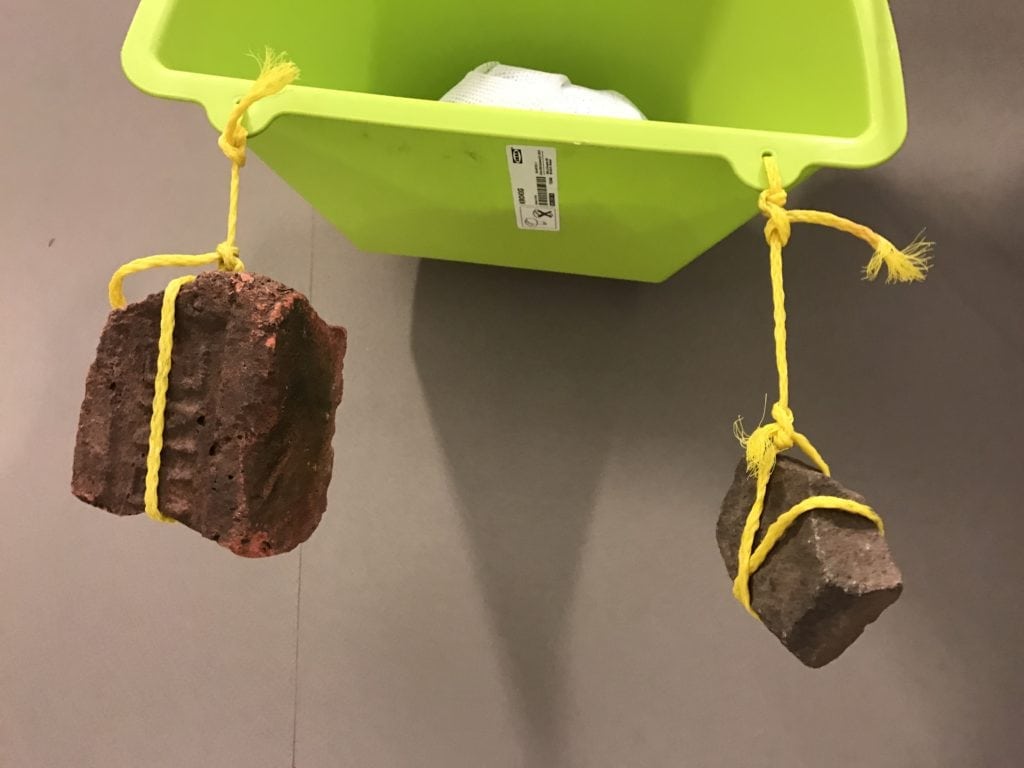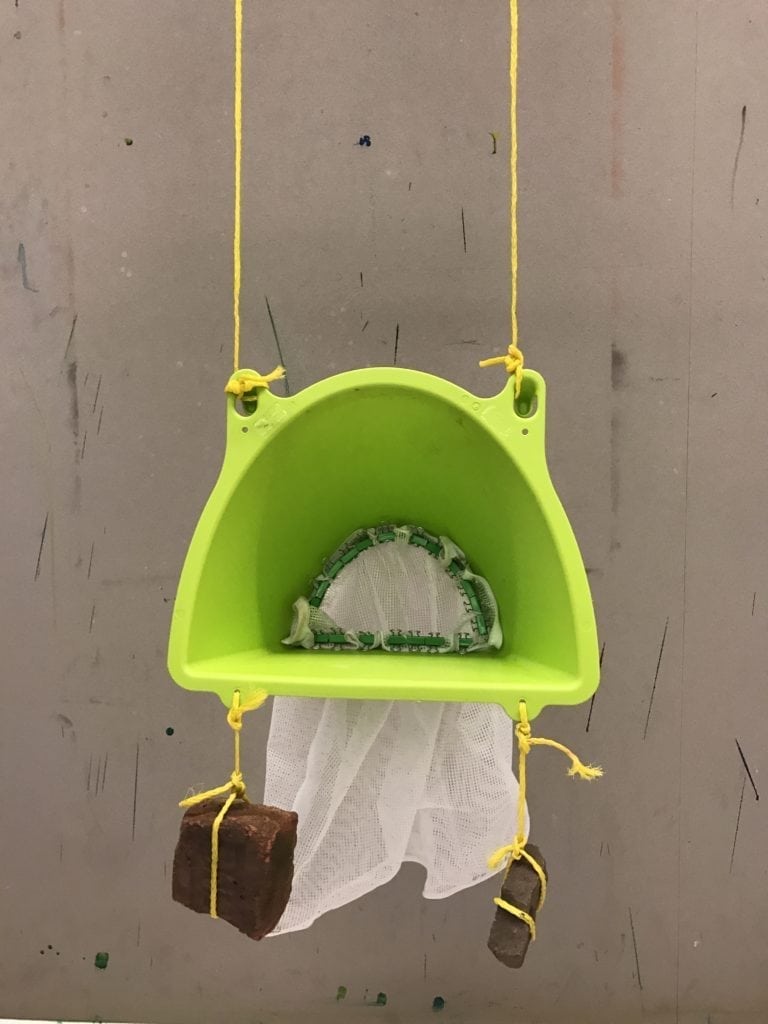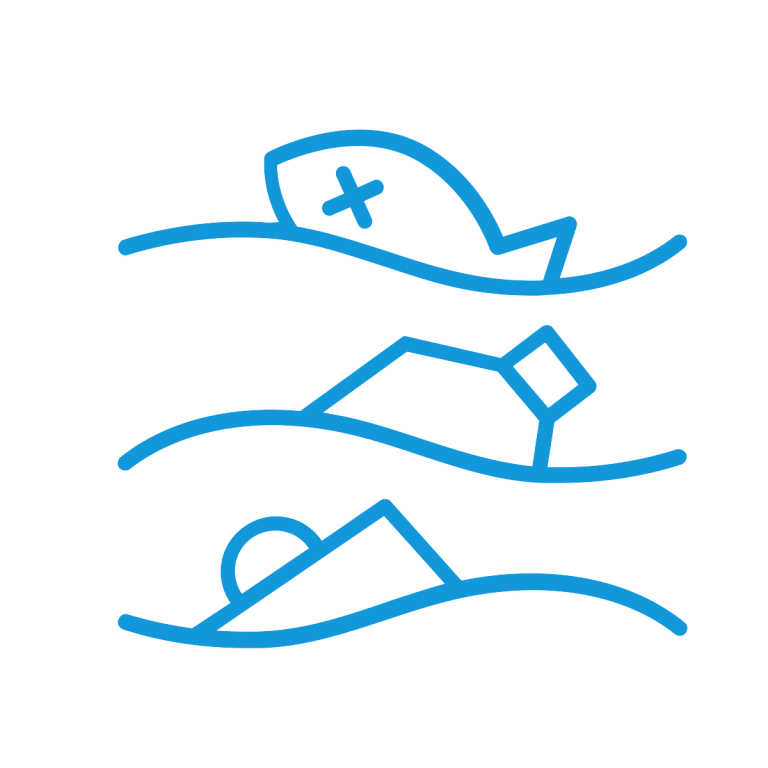[Editor’s note: See Barent Roth’s presentation on marine plastic trawls on our YouTube channel and embedded at the end of this guide.]
By Tainá Guarda and Barent Roth
The ocean is downstream from everywhere. It receives the trash that is mismanaged on land, the trash that is blown onto rivers and the trash thrown overboard by commercial and fishing ships. Right now, the ocean is especially inundated with the most ubiquitous material of our modern day lives – plastic. Fortunately, you can do something about it.
First, stop using single use disposable plastic wherever and whenever you can! Say “no, thank you” to straws and plastic bags, and carry your own refillable bottle and reusable bag.
Second, research what kind of plastic is flowing into your local waterways and use that data to work with your community to improve trash management in your surrounding area. Crowdsourcing the origin of the pollution is the key step in preventing it from contaminating our waterways in the first place.
Trawl as a citizen scientist tool
TestingOurWaters.Net was created to empower citizen scientists to track and together prevent marine pollution using a simple tool called a trawl. A trawl skims the water’s surface collecting floating detritus in a net. It can be pulled from a boat or dangled over a bridge. TestingOurWaters.Net aims to design, aggregate, proliferate and inspire the creation of more citizen science trawls around the world. The project was created in partnership with 5 Gyres and NY/NJ Baykeeper and is currently funded by the Autodesk Foundation and The New School’s Tishman Environment and Design Center.
By building your own Do-It-Yourself (DIY) trawl, you can start researching what kind of plastic is contaminating your local waters. This enables you to take action against polluters and mismanaged storm systems putting trash in your local rivers or coastal waters.
This post will cover the creation of a bridge trawl made from inexpensive Ikea parts called the Frog Trawl.
 The Frog Trawl
The Frog Trawl
The Frog Trawl was developed by design students Aimee Abalos, Mi Sung Kim and Pornsima Duangratana, in a class taught by Barent Roth at The New School – Parsons in New York City. Students were instructed to build a trawl out of inexpensive materials and readily available tools. The following instructions are adapted from this team’s Frog Trawl Instructables page.
Materials
- Krokig (Wall storage with hooks): IKEA*, $4.99
- Rope 9mm: Home Depot*, $2.98
- Binder Clips small: Staples*, $3.79
- Mesh Wash Bag (Large): Home Depot*, $3.79 | Or 5 Gallon Elastic Top Paint Strainers
- 2 x Bricks (they do not have to be whole bricks), 58¢ (1)/$1.16(2)
*Links are not endorsements, only examples.
Tools
Your hands!
Build Time
Less than one hour
Step 1
Place a mesh bag inside the Krokig storage unit so that the opening is at the bottom of the Krokig storage unit.
Step 2
Using the clip fasteners, clip the open part of the mesh bag to the inside of the Krokig.
By the end it should look like this:
Here’s another view:
Step 3
Now you have to attach a weight that can pull the trawl into position once it’s in the water. Cut two pieces of rope about two feet long and attach each one to the two hooked openings of your Krokig.
Step 4
Get two bricks – they can be whole bricks broken in two or bricks you find discarded next to constructions sites. You can also use medium-sized rocks from your backyard.
Step 5
Tie each of the 2 foot long ropes that are hanging off of your Krokig to the two bricks, securing the bricks as the weights for the trawl.
Step 6
Cut the rest of the rope you have in half and tie it to the wall fasteners of your Krokig. This will be used to dangle the trawl in the water.
The Frog Trawl can be build with no tools and should work well for trawling over a bridge. If you have access to a welder and a boat, consider building the Recycled Trawl shown below.
